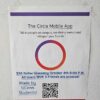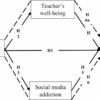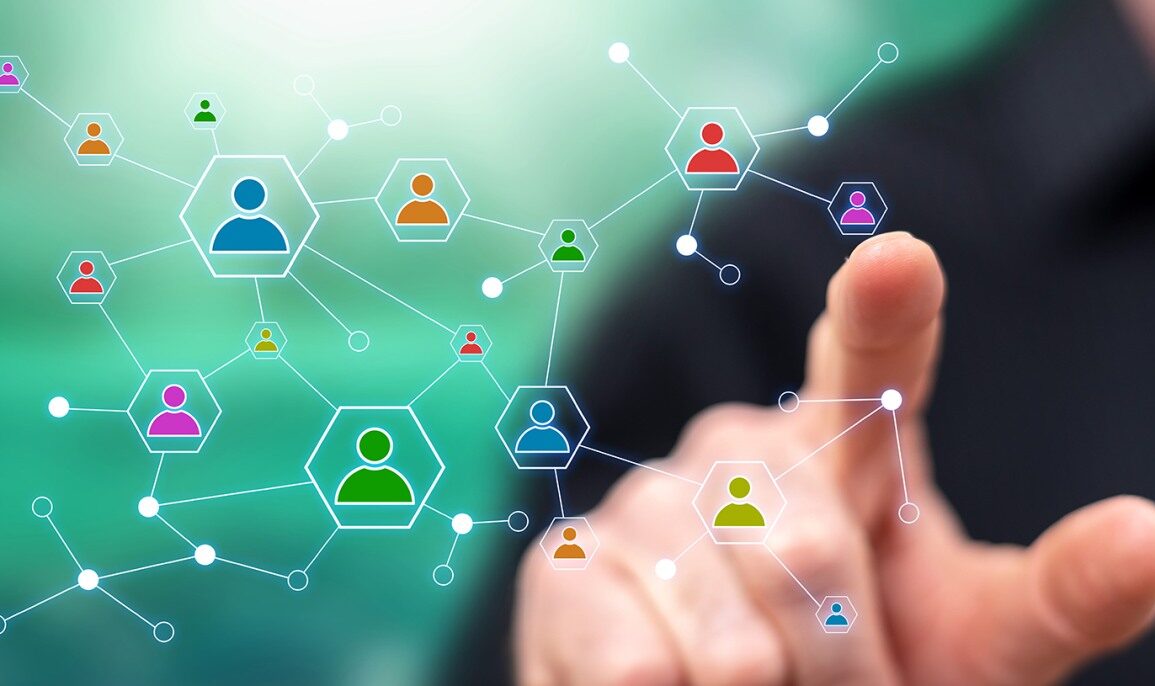
PROVIDENCE, R.I. [Brown University] — How do people navigate social networks to understand and appreciate who knows what and who is connected to whom? With mental maps, according to a new study by researchers in the lab of Oriel FeldmanHall, an associate professor of cognitive and psychological sciences at Brown University and an affiliate of the University’s Robert J. and Nancy D. Carney Institute for Brain Science.
According to the researchers, the study showed for the first time that people create mental maps of the connections between acquaintances, friends, and friends of friends to navigate their social worlds. Social navigation, the team found, is similar to spatial navigation.
“The cognitive process people use to navigate social networks appears to be similar to the cognitive process used by mice navigating a maze,” FeldmanHall said. “We know from decades of research that mice, and humans, build mental maps to understand their physical worlds. People seem to use maps to make sense of social environments as well.”
The findings were published in Nature Human Behaviour.
To understand the mental mechanisms behind social map-making, the research team led 146 Brown University students through a series of brief laboratory exercises.
As part of a computer flashcard game, study participants learned about connections among 13 individuals in a network. They learned about connections only between two people and never saw the entire network. They were then asked to choose the fastest way to get a message to a member of the network: Give it to Person A or Person B?
Subjects were asked to complete the task both immediately and after a night of sleep. Overwhelmingly, the researchers found that subjects scored higher when tested the next day, even when asked to route a message across longer distances that spanned different communities within the network.
To understand what might be happening in the subjects’ minds, the team ran different computational models of learning to characterize the mental maps subjects were making and to determine the role of a cognitive process called replay.
Replay works as it sounds, FeldmanHall explained. During the day, a person may learn that a coworker is friends with a cousin, and that cousin is friends with a classmate — who also knows the coworker. The researchers found that people use such knowledge to begin building, in real time, mental maps that help them learn, process and store information. These mental maps can be faithful to reality, FeldmanHall said, just as Google Maps reflect the physical world of roads and transportation networks. The team discovered that at night, during sleep, people explore these maps and revisit them through a replay-like mechanism.
“This finding helps to solve a long-standing puzzle in brain science,” said lead study author Jae-Young Son, a postdoctoral researcher at the Carney Institute for Brain Science. “How are we able to navigate such a vast and complex social world? This work shows that we create fuzzy mental maps of all the social connections that make up our network. During sleep, our minds are busy simulating how information might flow from one person to another — as if we’re mentally taking a walk around the social network — which lets us make better navigation decisions over longer distances.”
According to the researchers, their work suggests that during this process, the human brain reshapes the maps, building new possible social connections. People not only replay the relationships they know exist between the people they’ve met that day, but also map out the possible connections those new acquaintances might have with other people they know.
By generating these new connections, the mental maps are no longer are faithful to reality, FeldmanHall said. Instead, these “denser, fuzzy” maps appear to make navigating social networks easier, largely because they reduce the degrees of separation between people.
“Despite decades of active interest, we still know virtually nothing about the cognitive mechanisms that allow people to solve social navigation problems,” FeldmanHall said. “We filled this gap by drawing inspiration from a parallel line of research on spatial navigation in humans and rodents.”
The study was funded by the National Science Foundation (2123469), and a National Institutes of Health award (S10OD025181) supported access to computational resources and services through Brown University’s Center for Computation and Visualization.
A version of this story appeared on the Carney Institute web site.








